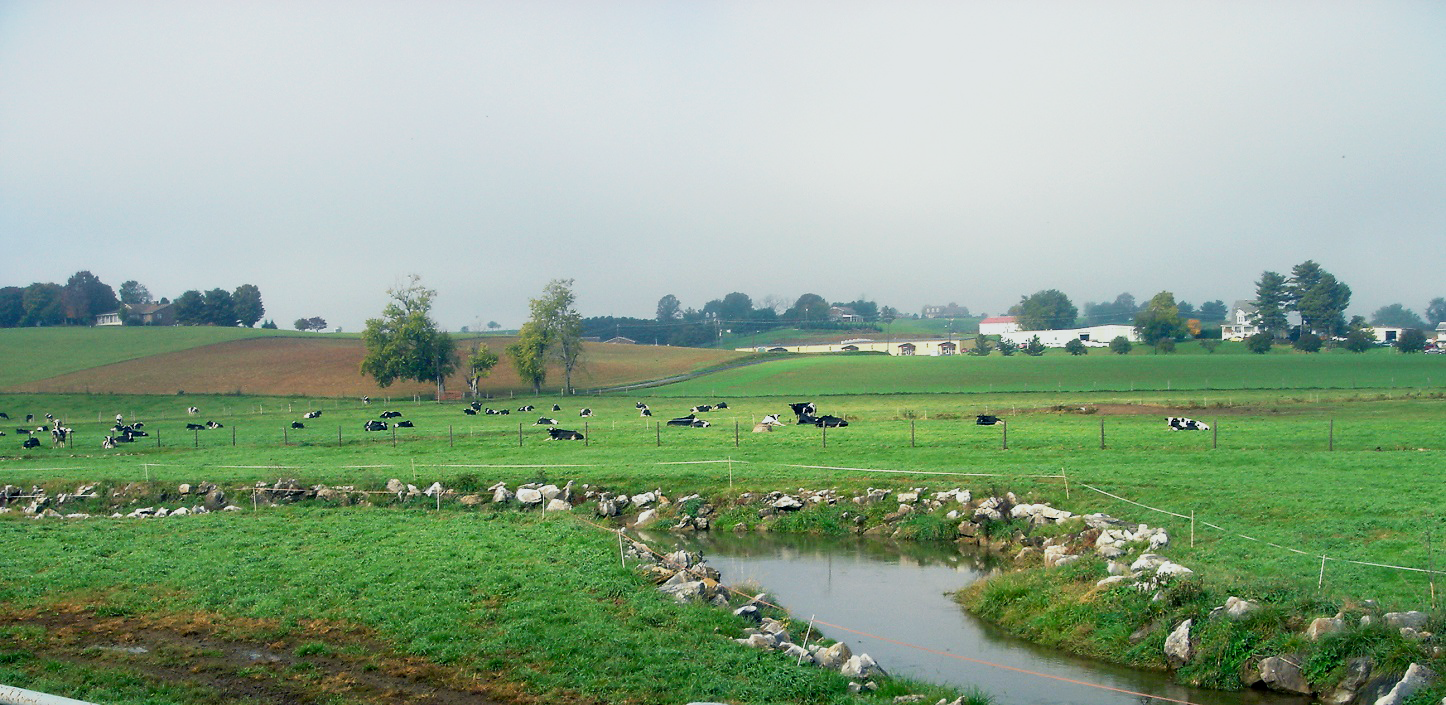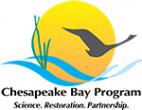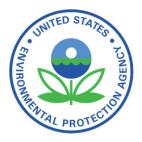
Innovative Nutrient and Sediment Reduction Grants
The Innovative Nutrient and Sediment Reduction Program will catalyze, strengthen and mature regional-scale partnerships based on evidence that collaboratives of this scale are effective mechanisms for achieving and sustaining water quality improvements by inspiring engagement, improving capacity and advancing impact over time.
Partners
The Innovative Nutrient and Sediment Reduction program partners intentionally target funding towards the accelerated implementation of proven water quality improvement practices (eligible water quality improvement practices include practices approved by the Chesapeake Bay Program for crediting under the Chesapeake Bay TMDL. For a complete list of approved practices, please visit CBP’s Quick Reference Guide for Best Management Practices (BMPs) and approaches necessary to achieve remaining pollution reductions by the Total Maximum Daily Load’s 2025 deadline. The desired result of INSR funding is a measurable increase in the rate and/or scale of implementation for priority water quality improvement practices, as identified through the Chesapeake Bay TMDL and associated Watershed Implementation Plans (WIPs), in a defined regional project focus or service area.
The Innovative Nutrient and Sediment Reduction Program has two distinct tracks:
- Partnership Grants: projects that simultaneously (1) cultivate the growth and enhancement of existing regional-scale partnerships working on watershed restoration, and (2) accelerate the geographic scale and/or rate of measurable implementation for priority water quality improvement practices identified through the
- Chesapeake Bay TMDL and associated WIPs:
- Cultivating Partnership Growth and Enhancement
- Accelerating the Scale and/or rate of Water Quality Improvements
- Managing Upland Agricultural Runoff through Farm-Scale Conservation Systems and Solutions
- Managing Upland Urban Runoff through Green Stormwater Infrastructure (GSI) Improvements
- Restoring Stream Health and Riparian Habitats through Forested Buffers, Floodplain and Wetland Reconnection, and Habitat Improvements
- Conservation Finance and Market Development to Accelerate Water Quality Improvements
- Infrastructure Grants: NFWF will competitively award funds for projects that specifically accelerate the scale of implementation for one or more of these watershed restoration infrastructure practices, including:
- Riparian forest buffers, including associated livestock exclusion fencing;
- Non-tidal wetland restoration, creation, or enhancement;
- Floodplain restoration that reconnects incised streams to their floodplains and floodplain wetlands;
- Shoreline management; and
- Urban tree planting
All eligible projects must occur wholly within the Chesapeake Bay watershed and projects located within NFWF's Targeted Rivers and Watersheds will be prioritized. These locations were identified by NFWF as having significant opportunities for shared water quality improvement habitat restoration and species recovery outcomes.
| 2024 INSR Grant Slate | Download the PDF | |
| INSR 2023 Grant Slate | Download the PDF | |
| 2023 INSR Grant Slate | Download the PDF | |
| 2022 INSR Grant Slate | Download the PDF | |
| 2021 INSR Grant Slate | Download the PDF | |
| 2020 Chesapeake Bay Grant Slate | Download the PDF | |
| 2019 Chesapeake Bay Grant Slate | Download the PDF |
Program Director, Chesapeake Programs
Program Manager
Regional Program Coordinator

